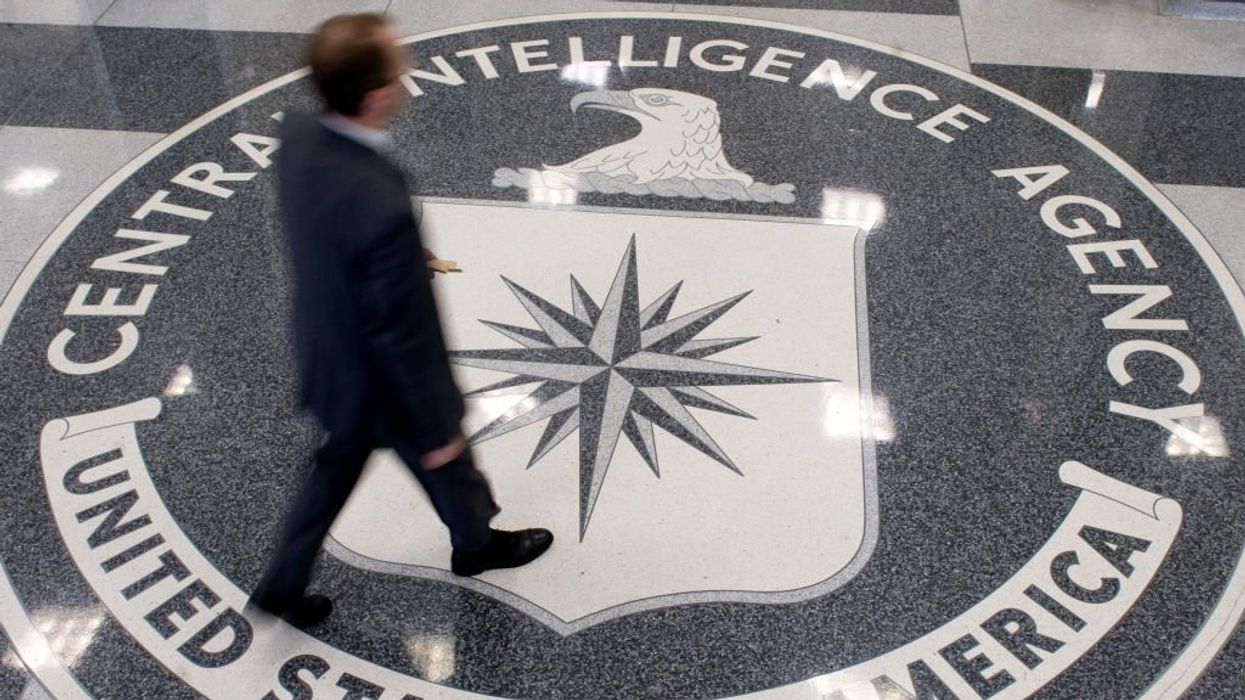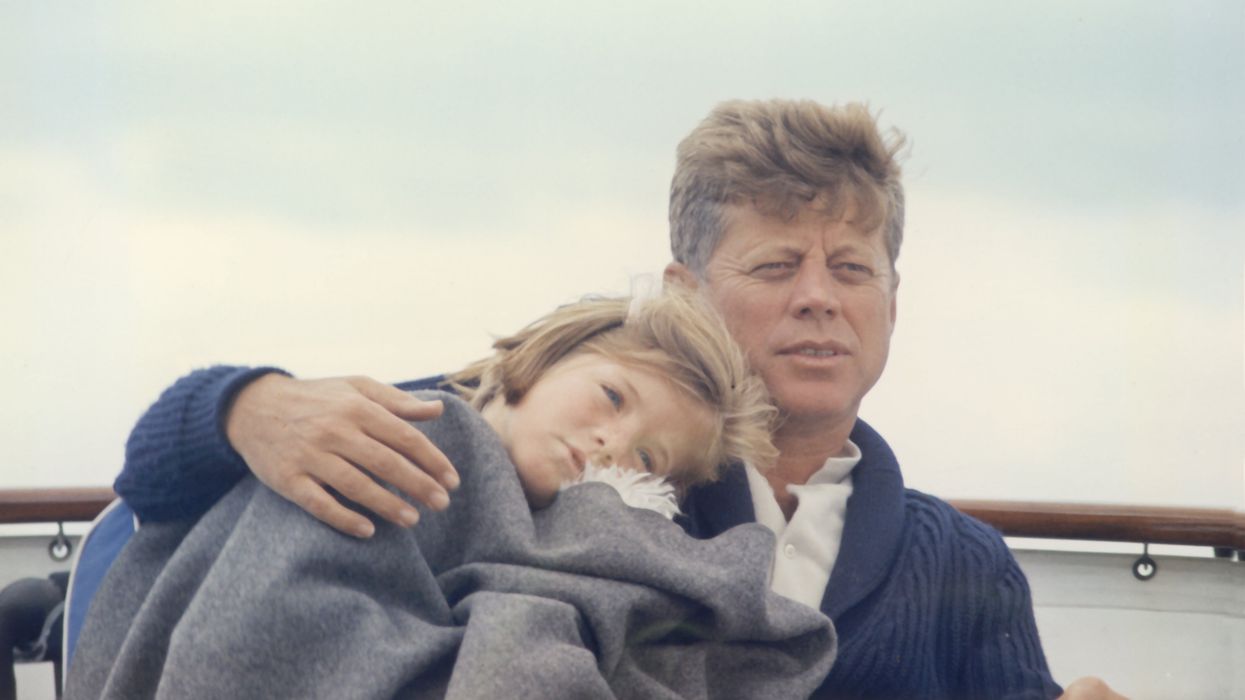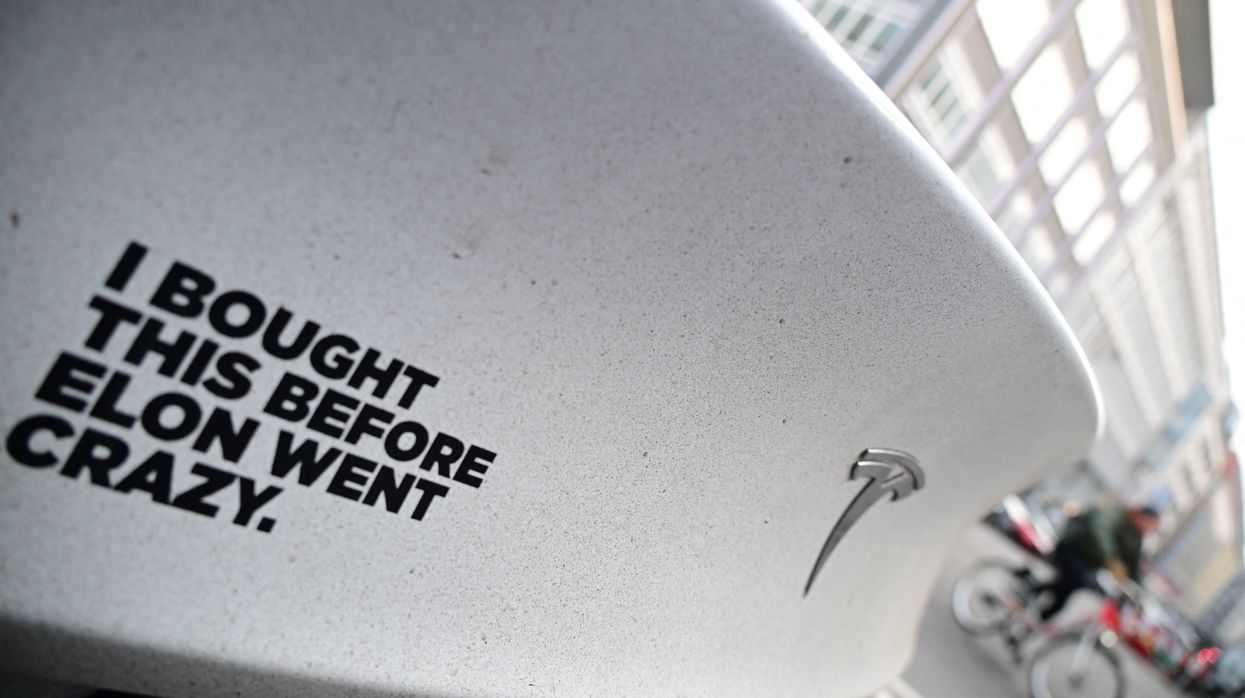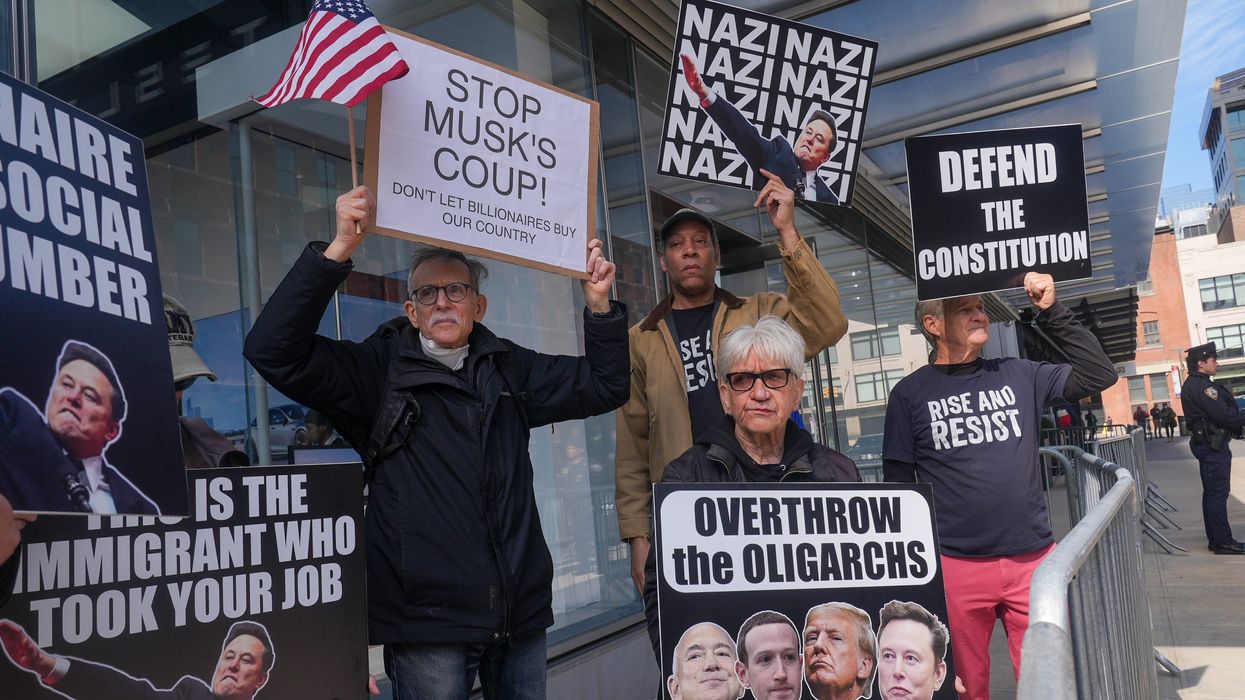The Environmental Protection Agency (EPA) was formed December 2, 1970. According to the EPA's website, Rachel Carson's book Silent Spring played a pivotal role in establishing one of the government's most powerful regulatory arms. In fact, the EPA refers to itself as "the extended shadow of Rachel Carson."
This week, in honor of Earth Day, we take a look at the environmentalism movement, the EPA, global warming and valuing nature over man.
Environmentalism Part III: The First Earth Day
Two years after professor Paul Ehrlich published The Population Bomb, he was invited to speak at the first Earth Day in the United States where he shared his doomsday vision of an overpopulated planet with a free-spirited and bell-bottomed-clad congregation. The dark rhetoric profoundly contrasted visions of happy college students wielding signs and singing songs by the Fifth Dimension.
The first Earth Day was no day for joyful celebration. April 22, 1970, was much more an eve of destruction than an age of Aquarius. Speakers spewed inflammatory language about the earth and humanity being in a crisis for survival. The urgency in the so-called polluted air was palpable.
Earth Day founder, Senator Gaylord Nelson from Wisconsin, had been sounding the alarm for at least a year before growing his pet project into a national demonstration. His philosophy was to elect an "ecology" congress as the 92nd congress that would build bridges between men and nature's systems, instead of "building more highways and damns and new weapon systems that escalate the arms race."
At least Senator Nelson was looking out for the livelihood of people. Many Earth Day speakers were less interested in the fate of humanity. Dr. James Bonner, for example, delivered an anti-human message, proclaiming man as the villain draining the planet's resources and manipulating it for his own selfish desires.
Interestingly, one of the most prominent issues discussed on the first Earth Day was how to stop humans from bringing about global cooling. In 1970, global warming wasn't even a concern. Hippies and politicians actually believed that the earth was getting too cold --- and the media ate it up. Ecologist Kenneth Watt even predicted an ice age as early as 2000.
Many reputable people believed in the less-than-accurate alarmism promoted on the very first Earth Day. In fact, a prominent and trusted news anchor didn't think Earth Day went far enough. Walter Cronkite expressed on air a great disappointment in Earth Day participation and the "skylark mood, which contrasted rudely with the messages of apocalypse."
The story of the first Earth Day in America wouldn't be complete without mentioning the figure eco activists have consistently tried to hide in the shadows --- Ira Einhorn.
Einhorn was the master of ceremonies at the first Earth Day event in Philadelphia. He was well-known on the campus of the University of Pennsylvania for his tie-dye attire and message of peace and love. His diary, however, was filled with passages about inflicting pain on women and the joy it brought him. Today, Ira Einhorn, the self-proclaimed founder of Earth Day, is serving a life sentence for fatally beaten and composting his girlfriend. The pioneering Earth Day enthusiast serves as a fitting symbol of how little value some environmentalists place on human life.
Listen to the Full Series on Environmentalism






